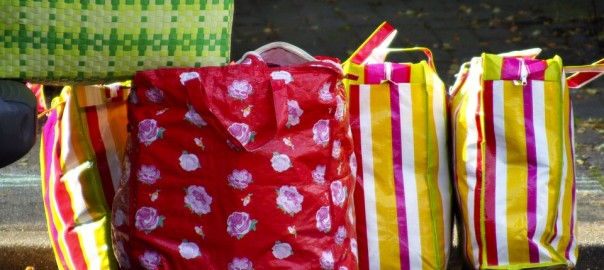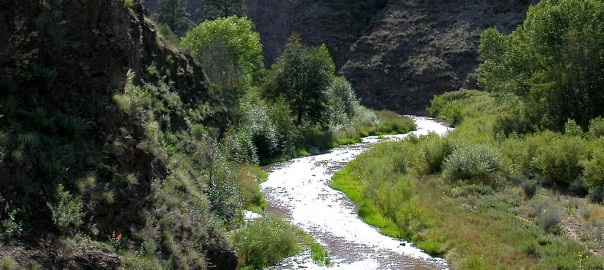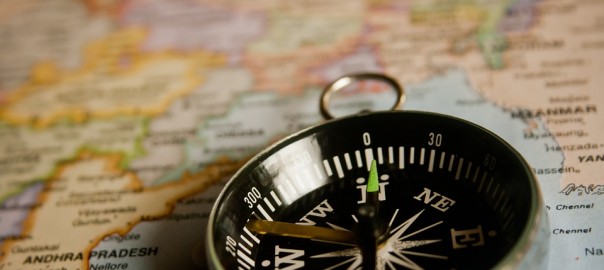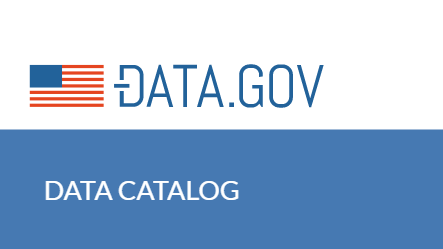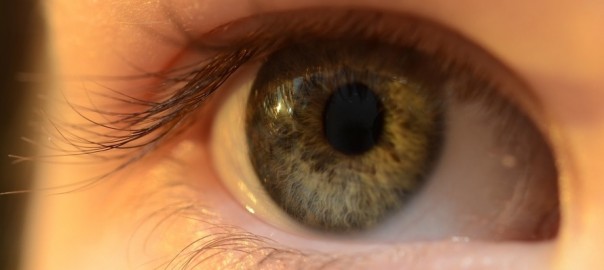Where are your data stored, and who has control of your data?
The answer to this question is not always straightforward. We don’t always know whose eyes are on our data. For example, cell phone data reside on servers of private companies. A lot of information can be gleaned from data, from your location to your relationships.
Bruce Schneier writes about surveillance via data in Data and Goliath: The Hidden Battles to Collect Your Data and Control Your World. For anyone curious about what data that companies and the government keep and monitor, it is a fascinating read.
One of Schneier’s points is about security and privacy, which pertain to data. Access to data, like cell phone logs, can reduce privacy but support security. He writes:
[o]ften the debate is characterized as “security versus privacy.” This simplistic view requires us to make some kind of fundamental trade-off between the two: in order to become secure, we must sacrifice our privacy and subject ourselves to surveillance. And if we want some level of privacy, we must recognize that we must sacrifice some security in order to get it.
However, this contrast between security and privacy might not be necessary. Schneier goes on to point out that:
[i]t’s a false trade-off. First, some security measures require people to give up privacy, but others don’t impinge on privacy at all: door locks, tall fences, guards, reinforced cockpit doors on airplanes. When we have no privacy, we feel exposed and vulnerable; we feel less secure. Similarly, if our personal spaces and records are not secure, we have less privacy. The Fourth Amendment of the US Constitution talks about ‘the right of the people to be secure in the persons, houses, papers, and effects’… . Its authors recognized that privacy is fundamental to the security of the individual.
…
More generally, our goal shouldn’t be to find an acceptable trade-off between security and privacy, because we can and should maintain both together.
Schneier’s book is illuminating for considering personal data management (one of the themes for the upcoming second year of our project in 2016-2017!) in light of data use by commercial companies and government. Schneier takes a philosophical approach to discussing data, security, and privacy. He concludes with useful tips for protecting your data. Read Data and Goliath for some great food for thought!
Source: Schneier, Bruce. Data and Goliath: The Hidden Battles to Collect Your Data and Control Your World. New York: W.W. Norton & Company, 2015.
Image: “People Lens White Eye Large” by skitterphoto.com, on Pexels. CC0 Public Domain.

